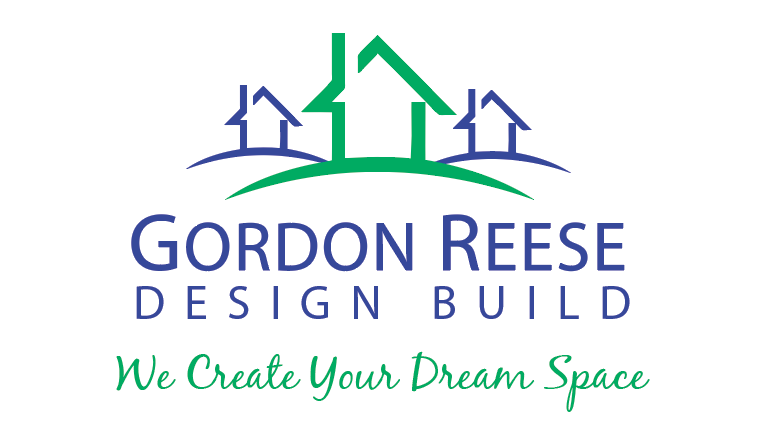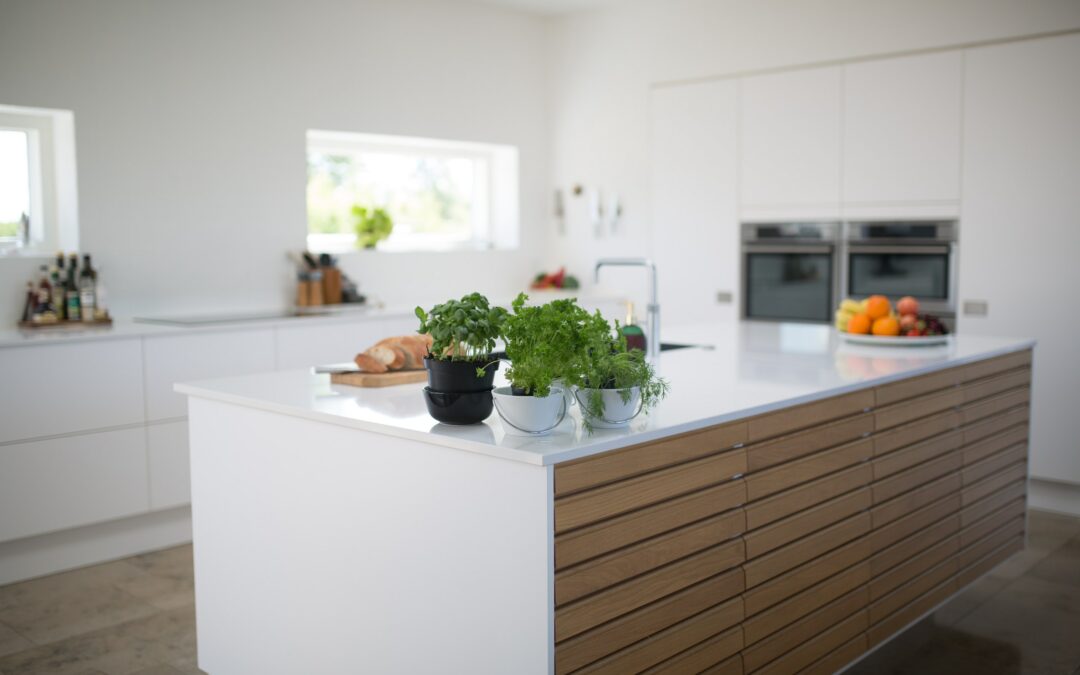Contents
How To Combine A Home Addition With A Net-Zero Conversion
Making improvements to your home can be an exciting time, but anyone who has researched how to plan significant home renovation projects knows what an undertaking it can be. One of the more ambitious projects is a home addition combined with a net-zero conversion. This project requires careful planning and expert advice, but it also offers incredible potential for energy savings and a more comfortable living environment.
Before attempting a combined home addition and net-zero conversion, you need to learn the basics of net-zero conversion, how to plan for a home addition, what features you should incorporate into the addition for maximum efficiency, how to collaborate with professionals throughout the process, and how to monitor and maintain your new additions once they’re complete. Once done, you’ll be several steps closer to your more spacious and efficient home.
Understanding Net-Zero Conversion
Chances are you’re familiar with the concept of reducing your carbon footprint; net-zero conversion is one of the most impactful ways to do just that. Net-zero conversion refers to the process of reducing energy use and emissions from a home to zero, meaning that over time any energy consumed during the year is offset by renewable energy sources such as solar panels or wind turbines. This helps reduce greenhouse gas emissions, which contribute significantly to global warming.
One of the primary advantages of buying new construction homes or building your own custom home is the ease with which net-zero features can be incorporated. But even if you live in an older home, conversion is increasingly possible and accessible.
To achieve net-zero status, homes must be outfitted with energy-efficient systems like insulation, double-glazed windows, and renewable energy sources like solar panels or geothermal systems. The dual benefits of doing so: keeping the home’s carbon footprint low or neutral and saving significant money on utility bills by relying on renewable sources for its power needs.
Net-zero conversions can be especially beneficial when combined with a home addition project since they allow homeowners to add extra space while also helping reduce their environmental impact. Additionally, many governments offer incentives for those who opt for net-zero conversions to encourage more people to adopt green technology solutions in their homes.
Planning for a Home Addition
You’ve got the perfect plan for increasing your home’s size and sustainability, so once your budget is ironed out, you can begin the process. Planning for a home addition requires careful consideration of all factors involved.
The first step in planning a home addition is to evaluate its need and purpose. This will allow you to decide how much space you’ll need and which architectural style will complement your existing home. Setting a budget and time frame for the project is also important.
Before starting construction, all necessary permits and approvals must be obtained. If a net-zero conversion is combined with the home addition, look into any tax incentives that your local government or utility provider may offer. Once everything has been approved, you can start designing your new space. By collaborating closely with an architect or designer, you can ensure that your ideas are realized in a practical way while allowing room for creativity and innovation throughout the process.
Incorporating Net-Zero Features in the Home Addition
Now that you have the necessary permits and approvals, it’s time to incorporate net-zero features into your home addition project—but how do you go about doing this? A good starting point is to assess your current energy consumption and identify areas for improvement. This could include exploring energy-efficient appliances, systems, insulation materials, and ventilation techniques that can help reduce your overall energy usage.
The single best way to incorporate a net-zero conversion with a home addition is to simultaneously install a whole-house renewable energy system. The home is already going to be disrupted and dirty with construction debris, so doing it all at once will make your life much more manageable through the process. In short, incorporating renewable energy sources such as solar, wind, or geothermal into the design of the home addition can also be a great way to maximize its efficiency.
When it comes to creating a net-zero home addition, proper planning is essential. It’s important to ensure that all components are designed with efficiency in mind from the start and are properly integrated with existing systems. Doing so will help reduce costs associated with installation as well as long-term maintenance while also ensuring optimal performance of all components. Additionally, make sure that any renewable energy sources are installed correctly for the best results.
Collaboration with Professionals
Architects and contractors familiar with net-zero construction can offer valuable advice on how to combine your home addition with the conversion. A renewable energy expert can help design and install the most efficient systems, while an energy auditor will make sure your goals are aligned with net-zero requirements. An interior designer can optimize both energy use and aesthetics for a well-rounded renovation project.
With their expertise, these professionals can turn your vision into a reality while saving time and money. By utilizing their skillsets, you’ll be able to create an environment that meets your personal criteria and all of the requirements for achieving net-zero status. It is important to remember that incorporating net-zero features into a home addition is no small undertaking, but when done properly in collaboration with experienced professionals, it will result in a beautiful new space that’s worth celebrating.
Monitoring and Maintenance
Maintaining net-zero features is key to ‘keeping the lights on’ and enjoying long-term savings for years to come. Technology has made tracking and controlling energy usage from a distance easier, such as through smart thermostats, solar panels, or other components. Regularly inspecting and maintaining net-zero features is important to catch potential issues before they become larger problems.
Checking weatherization measures like insulation, air sealing, windows, and doors, and inspecting HVAC equipment for signs of wear are simple yet effective ways of ensuring that your home remains efficient over time. By investing a few hours each year in inspection and maintenance activities, homeowners can enjoy significant savings in both their utility bills and repair costs over time while doing their part in reducing carbon emissions. Investing in a net-zero conversion should be considered an investment into sustainability and long-term financial gain.
Two Quality-of-Life Upgrades, One Project
Adding a home addition and converting to net-zero can be ambitious, but it’s worth the effort! With adequate planning and collaboration with professionals, you can ensure your home addition is as energy efficient as possible. The best part about going green? You’ll save cash while helping the environment—a win-win situation if there ever was one! So why wait? Start planning your net-zero conversion today and enjoy all of its benefits tomorrow! After all, what’s better than a stylish home addition that helps save money in the long run?


Recent Comments